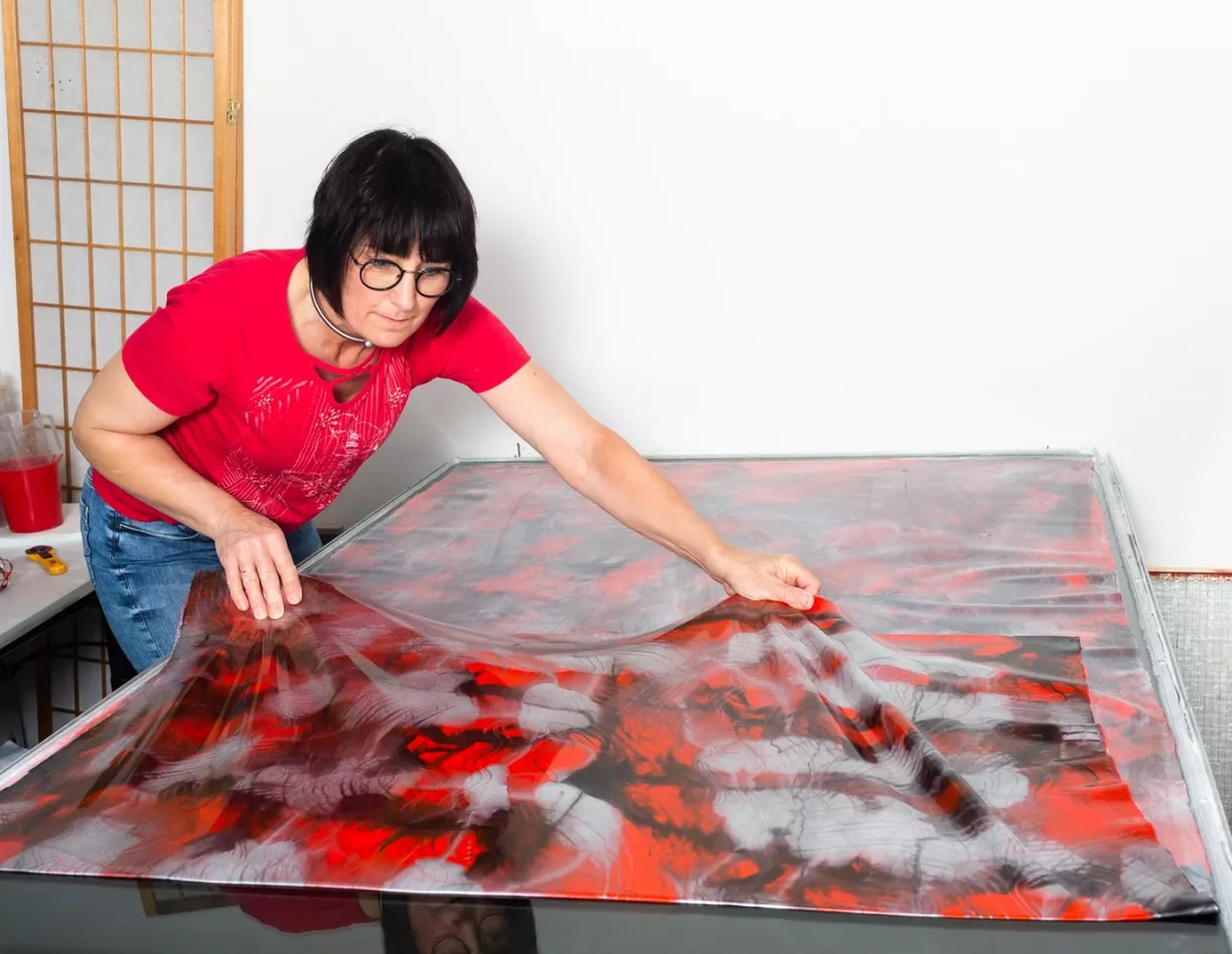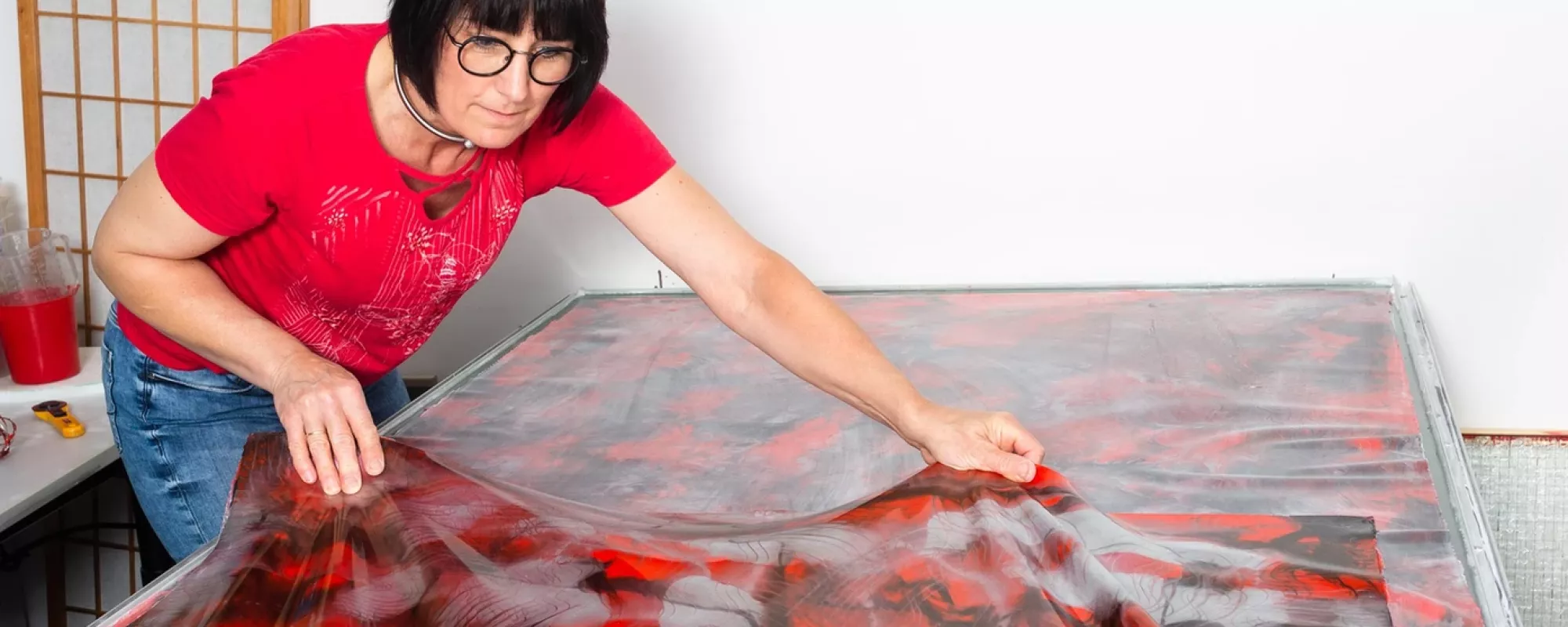

What is Latex?
Latex is a natural product and has come a long way before it reaches your closet.
From nature to your closet: the long journey of latex
Rubber trees grow on large plantations in countries such as Malaysia, India and Brazil. The bark of these trees is scratched to extract the white latex sap. This sap is called latex milk and contains up to 20% natural rubber. To extract the rubber from the latex milk, it is thickened and then treated with diluted acetic acid. The rubber is then dried. Every year, around 7.6 million tons of rubber are produced and manufactured in 17 different countries.
The yellowish-colored natural rubber initially has no firm properties. It is a tough mass that slowly deforms over time under its own weight, which is known as “viscoelasticity”. Latex clothing and many technical applications of rubber were only made possible by the discovery of vulcanization by Charles Goodyear in 1839. Rubber consists of long hydrocarbon chains that can move freely and thus provide the viscous consistency. During vulcanization, the rubber is heated under pressure together with sulphur and other additives. The sulphur cross-links the chains together and gives the material additional stability and elasticity. The material properties can be precisely controlled by the sulphur content – the more sulphur, the harder and less elastic the latex becomes. The best way to imagine the material properties is like a rung ladder: The raw natural rubber corresponds to the loose stiles of the ladder – without rungs, they can move freely. Through vulcanization, the sulphur acts like the rungs that connect the stiles to each other – the more rungs are installed, the more stable the ladder becomes.
Only a small amount of sulphur is used for latex clothing. This creates an elastic material, similar to a wobbly ladder with movable beams. The latex is produced directly in sheets and then bonded with an adhesive that imitates the vulcanization process and holds the latex layers securely together.